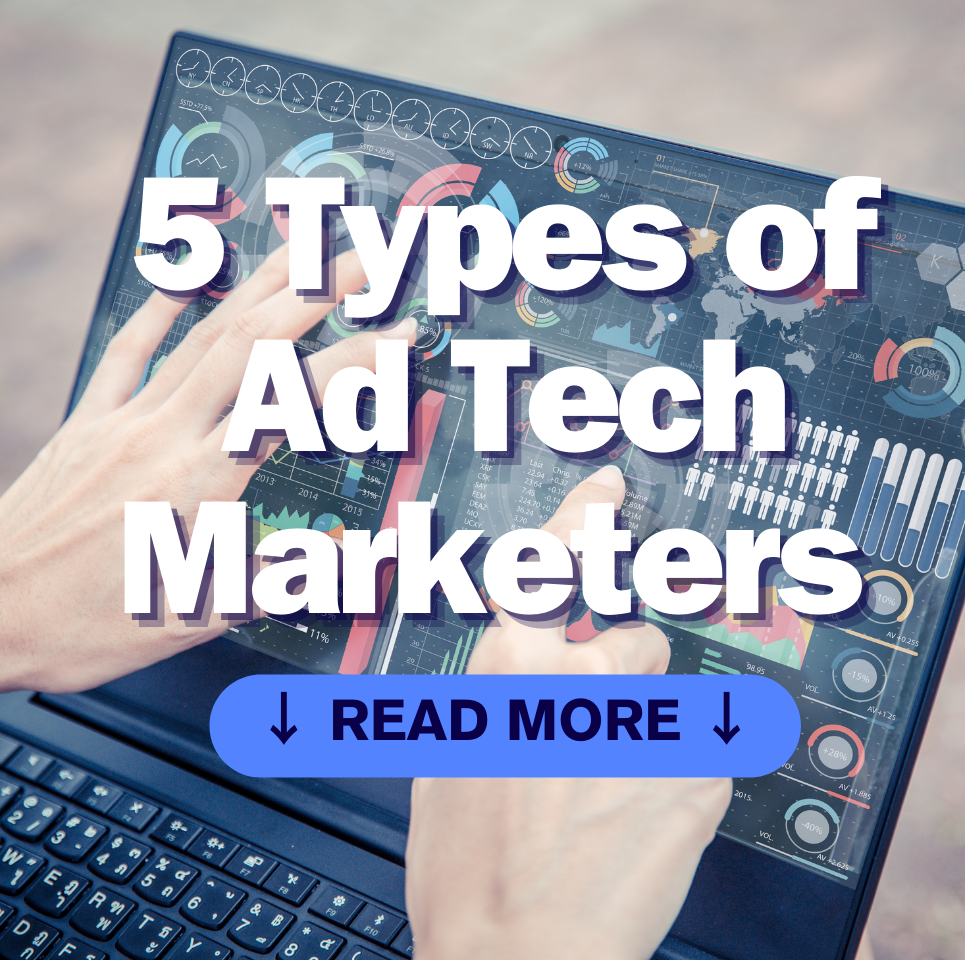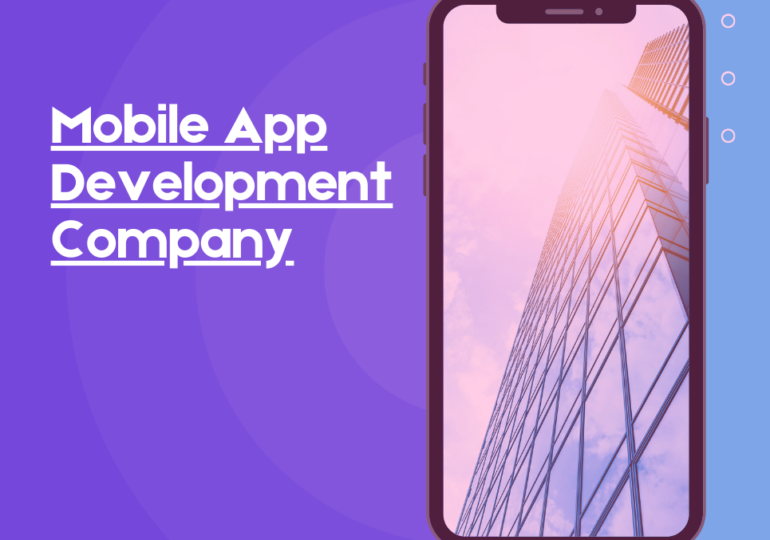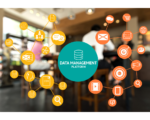5 Types of Ad Tech Marketers Must Be Aware Of

We see! You are looking to step up your marketing game. Well, look no further – Ad Tech Is Here. Ad tech, or advertising technology, has quickly become the buzzword in the ever-growing digital landscape, as it encompasses platforms, software, and tools that help marketers connect with audiences in innovative ways.
But with so many choices out there, how can one begin using Ad Tech? Not to worry: In this article, we’ll break down five significant types of ad Tech essential to modern marketers like yourself, from programmatic advertising tools to social media marketing tools.
By the end, you’ll have a fairly good idea of what ad tech is all about! Let’s dive in without much ado!
What is Ad Tech?
Advertising technology (ad tech), also known as advertising technology (at), refers to software and platforms used by brands and advertisers to promote their products or services online. Knowing what kinds of ad tech exist will allow marketers to reach their target audiences more efficiently.
Display Advertising
Display ads such as banners, videos, native ads, and other visual advertisements found on websites and mobile applications effectively increase brand recognition and engagement with audiences. Platforms such as FB Ads and Google Ads offer this option.
Search Advertising
When people conduct searches using search engines like Google, Bing, and Yahoo, search ads appear at the top and bottom of results pages to guide visitors directly to your website or product pages. Google Ads and Bing Ads both offer search advertising.
Social Media Ads
Promote posts, stories, and ads across popular social networks such as Facebook, Instagram, Twitter, LinkedIn, and Pinterest using paid posts or advertisements to reach people where they already are active on those networks and to engage with your brand at that moment in time. All major networks now provide advertising options for marketers.
Retargeting
Retargeting utilizes cookies to deliver ads to those who have visited your website before, keeping your brand in front of interested audiences and increasing conversion chances. Many ad platforms, such as Google Ads or Facebook Ads, offer this capability.
Native Ads
Ads that fit the look, feel, and function of their respective media formats, such as promoted tweets, sponsored Instagram posts, or suggested posts, can all be considered native ads. Their aim is to provide an ad experience that feels natural and seamlessly integrates into its surroundings.
With so many choices available to you, the key is finding an ad tech solution tailored specifically to your needs. Take time to understand each system so you can maximize your advertising efforts.
- Demand-side platforms (DSPs) offer demand-side solutions.
Demand side platforms (DSPs) are essential tools for marketers, allowing them to efficiently acquire digital ad inventory across multiple ad exchanges and data providers through one interface. A DSP plays an integral role in running successful advertising campaigns.
Utilizing a DSP allows you to reach audiences across channels like display, video, mobile, and social. The platform gives access to audience data from data management platforms (DMPs) as well as thousands of targeting options available to reach your desired customers.
DSPs make it simple to maximize ad spending efficiency. Simply set rules that determine when and where your ads will run for maximum impact, while real-time analysis analyzes data to adjust delivery based on goals such as maximum clicks or conversions within budget.
Most major DSPs provide self-service interfaces that enable you to monitor campaign performance quickly, make updates to targeting, creative, or budgets as needed, analyze results, and gain key insights. Many also feature robust reporting features with visualization tools for easy gaining.
DSPs offer marketers tremendous benefits, from streamlining ad operations to improving campaign performance and ROI. While there may be numerous ad tech solutions out there that seem confusing or intimidating at first, learning and taking advantage of DSPs will make you a smarter digital marketer.
Staying abreast of trends
For modern marketers, keeping abreast of developments in ad tech, especially DSPs, is of utmost importance. New features are being released to help marketers target, optimize, analyze, and scale digital ad campaigns more effectively – so being up-to-date with DSP capabilities and trends will allow you to harness all your power!
2. Data Management Platforms (DMPs)
Data management platforms (DMPs) have become an indispensable asset for digital marketers today. You likely collect an immense amount of customer and website visitor data, yet without an effective DMP to organize and gain insights from it all, it becomes completely inaccessible.
A DMP (Data Management Platform) is a centralized platform designed to gather, organize, and activate customer data. This data comes from all your various sources – websites, email campaigns, social platforms, etc. – and is combined into individual customer profiles that help provide you with a holistic picture of each customer so you can better understand their needs and behaviors.
Gain Valuable Insights
A Data Management Platform (DMP) makes it possible to analyze trends, discover patterns, and discover key insights about customers and audiences – giving you valuable information like:
- Which content and offers resonate most strongly with your customers?
- How are people navigating your website, and what factors prompt them to convert?
- Customer Lifetime Value and How to Maximize It
- Identify the demographics, interests, and attributes of your most valued customer segments.
Enhance Targeting
A DMP can also assist your efforts at improving targeting and personalization by allowing you to create precisely targeted audience segments based on specific attributes and behaviors.
Once created, those segments can then be activated across your marketing channels, such as your website, email marketing list, or social platforms – providing relevant content at just the right moment for each person in each group of target customers.
Secure Data Sharing
DMPs also enable you to securely share customer segments with trusted partners and vendors, whether that be running co-branded campaigns with another company or working with an agency – while maintaining control and security over the information.
In today’s data-driven world, DMPs are indispensable tools for creating competitive advantage by harnessing customer data to optimize marketing efforts and enhance experiences while growing profits. Any marketer looking for competitive advantage should add DMPs to their tech stack wishlist as soon as possible.
Server-Side Platforms (SSPs)
SSPs are ad tech platforms used by publishers to manage and optimize their digital advertising inventory sales. Marketers and publishers can include mobile applications, video platforms, websites, and other digital media outlets that generate ad space for sale.
SSPs play an important role in maximizing a publisher’s revenue from their available ad space.
Here are the most crucial functions of SSPs:
- Real-time bidding
- Ad quality control
- Reporting and analytics
- Inventory management
- Yield optimization
- Ad format support
- Header bidding
Ad Exchanges
Ad Exchanges are digital marketplaces that facilitate the buying and selling of digital ad inventory between publishers, advertisers, and ad networks. As a marketer, understanding ad exchanges will allow you to purchase space that reaches your target audience more efficiently.
How Ad Exchanges Work
Ad exchanges use real-time bidding to auction off advertising space to the highest bidder. When users visit websites, an ad exchange instantaneously evaluates information about both them and the website to determine which ads can be shown; then hosts an auction where advertisers bid on this space – ultimately, the winning bidder is selected, and their ads appear before users.
Google AdX, AppNexus, and Rubicon Project are three prominent ad exchanges that provide access to thousands of websites and mobile applications through ad inventory.
Advertisers can open multiple accounts with various exchanges in order to increase access and manage campaigns using each exchange’s interfaces – selecting details such as placement details for their campaigns such as:
- Target audiences by location, interests, behavior, and more.
- Advertising formats available include display ads, video ads, and native advertisements.
- Bidding strategies help determine how much of an offer to bid on for various users.
- Budget, Schedules, and Other Specifics of Campaign
Ad exchanges offer marketers many benefits. Instead of signing individual deals with thousands of publishers, you can reach audiences on many websites and apps at the same time through one platform. Furthermore, these exchanges feature advanced targeting features so your ads only reach those most likely to engage with your message.
Ad exchanges require time-intensive setup and optimization processes, but they provide an invaluable means of programmatically purchasing digital advertising space in large volumes. Any marketer looking to achieve results through online advertising must understand and leverage ad exchanges effectively.
Dynamic Creative Optimization (DCO)
Dynamic creative optimization (DCO) technology gives marketers the power to optimize ad creative based on data quickly. You can use DCO to test hundreds or even thousands of versions until one resonates most with your target audience.
DCO works by creating different combinations of ad elements like images, copy, CTAs, and more before measuring how each version performs to identify an optimal combination for your goals. Top-performing versions will be displayed more frequently while underperforming ones can either be optimized further or removed entirely.
Marketers Can Benefit From DCO
DCO offers marketers several key advantages:
- DCO can increase conversion rates by optimizing for elements your audience responds best. We do this by increasing click-through rates and conversions.
- DCO uses data to select ad versions that resonate most with specific audience segments and tailors creative to different targeting criteria such as location, demographics, and behaviors.
- Reduce Waste. DCO limits impressions for ads that underperform, cutting back on unnecessary spending for creative that fails to connect.
- DCO strives to enhance your ad creative, constantly taking into account new data to adjust and re-optimize it to ensure the maximum effectiveness of ads.
- Scalability. DCO allows us to generate and test thousands of ad versions quickly – something humans simply couldn’t do alone. This scalability enables fast data-driven creative optimization.
- DCO is an invaluable asset to display advertising. By harnessing automated optimization and machine learning for creative optimization purposes, this powerful tool ensures your ads are as engaging and effective as possible for audiences.
Summing Up
Now you know all five forms of ad tech that every digital marketer must be familiar with to navigate the landscape with ease and select suitable solutions for your business. Optimizing media buys, improving campaign performance, expanding audience targeting capabilities, or streamlining workflows – there’s an ad tech category available to assist!
The ad tech industry may seem daunting at first, but by focusing on these core solutions, you will quickly become an ad tech expert and take your marketing to new heights! So get out there, find your perfect ad tech, and take your marketing to new levels!
The future of marketing awaits. Are you prepared? Follow TeCuriosity by subscribing to our newsletter to always stay updated on the newest developments in the marketing world!

















